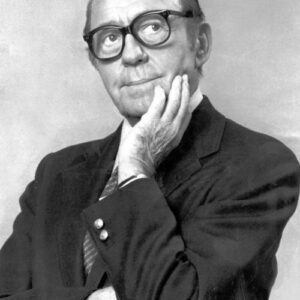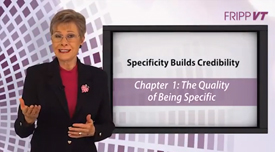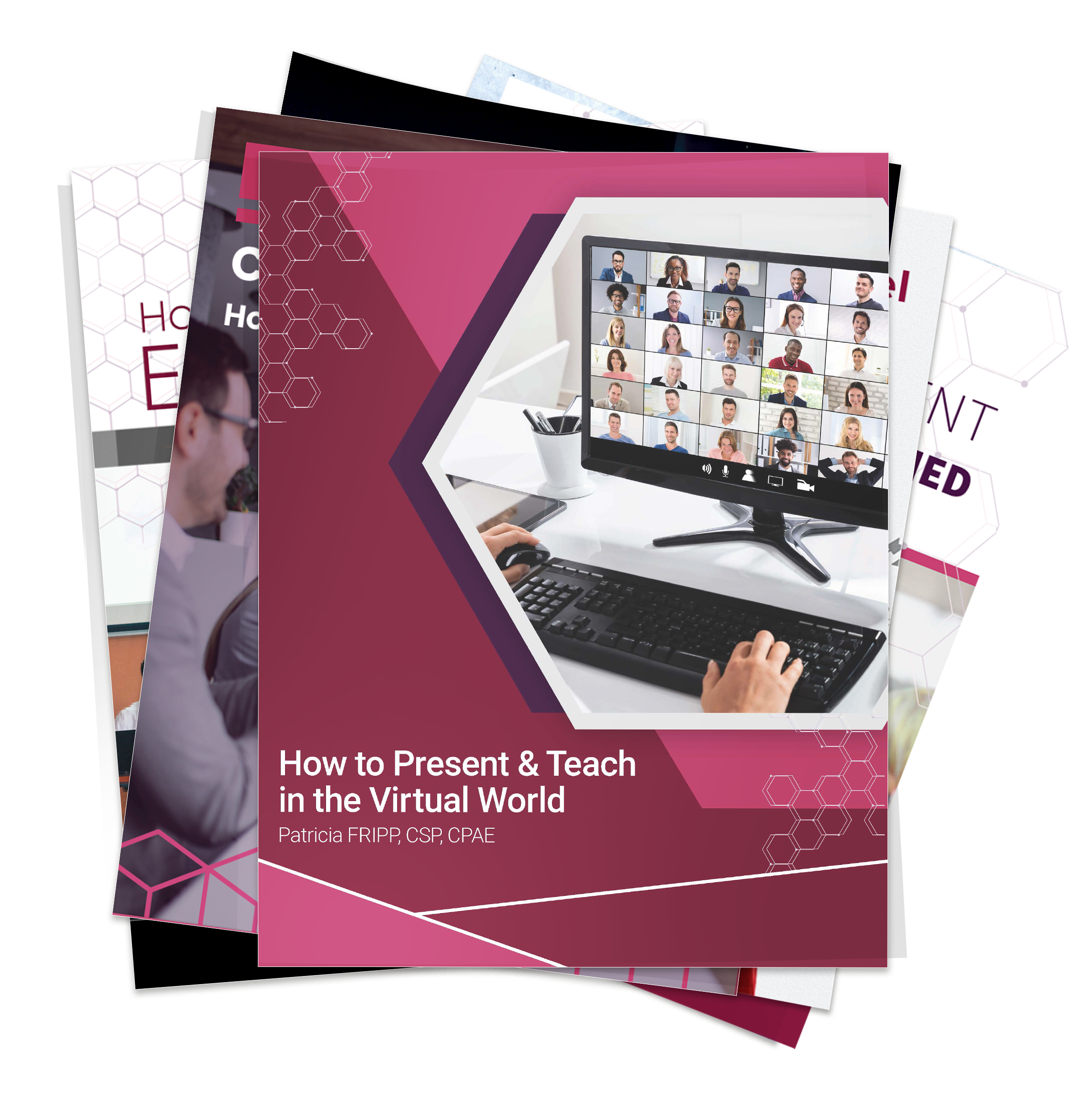No, it is NOT!
How often have you heard, “Imitation is the sincerest form of flattery” and believe it or questioned it?

This is only the first part of a quote from Oscar Wilde.
It’s absolutely clear what Oscar Wilde meant (so many forget the second half of the quote) when he wrote “Imitation is the sincerest form of flattery that mediocrity can pay to greatness.”
As a speaking coach and professional speaker and long-time member of the National Speakers Association, I strongly advise against the practice of imitation in your public speaking.
Please be inspired by great public speakers. Learn to analyze what they do well and adapt to your own style and message. While it may be tempting to try to replicate the message, style, or mannerisms of a successful speaker, doing so will definitely be detrimental to your own growth and development as a speaker.
Read More... tations
tations  On the evening of April 18, 1775, Dr. Joseph Warren summoned Paul Revere and gave him the task of riding to Lexington, Massachusetts, with the news that British soldiers stationed in Boston were about to march into the countryside northwest of the town. Paul Revere never shouted the legendary phrase later attributed to him “The British are coming!”
On the evening of April 18, 1775, Dr. Joseph Warren summoned Paul Revere and gave him the task of riding to Lexington, Massachusetts, with the news that British soldiers stationed in Boston were about to march into the countryside northwest of the town. Paul Revere never shouted the legendary phrase later attributed to him “The British are coming!”
 Whenever you open your mouth, whether your audience is one person or one thousand, you want to get a specific message across. Maybe you want your opinions heard at a meeting, or you will be giving a formal talk. Perhaps you deliver sales presentations. To present, persuade, and propel with the spoken word, be aware of this major pitfall: irritating non-words.
Whenever you open your mouth, whether your audience is one person or one thousand, you want to get a specific message across. Maybe you want your opinions heard at a meeting, or you will be giving a formal talk. Perhaps you deliver sales presentations. To present, persuade, and propel with the spoken word, be aware of this major pitfall: irritating non-words.

 Do Your Irritate Your Audience?
Do Your Irritate Your Audience?
